


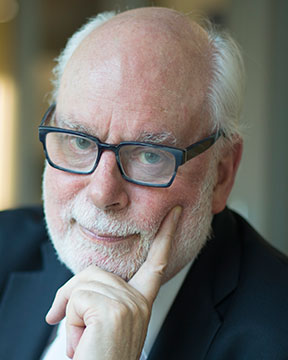
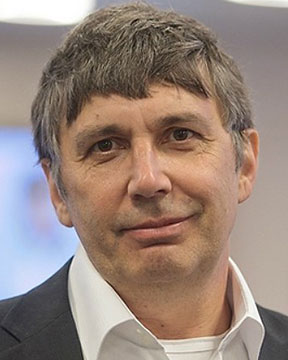
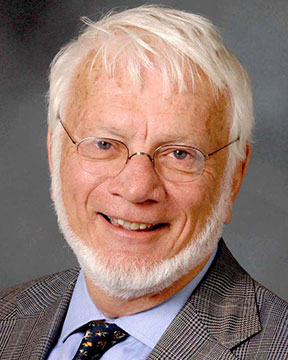
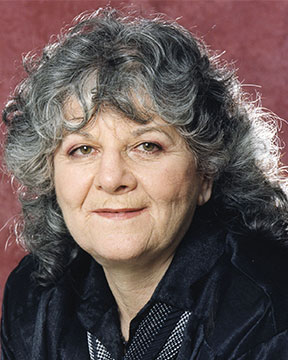













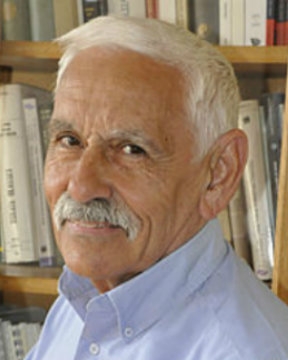 |
Bernard RaveauUniversity of CaenStrong Electron Correlations In Oxides: The Route To Promising Functional Materials Mamalis International Symposium on Advanced Manufacturing of Advanced Materials and Structures with Sustainable Industrial Applications Back to Plenary Lectures » |
Abstract:The great ability of transition metal oxides to exhibit strong electron correlations allows numerous unexpected physical properties to be generated, that are of high interest for applications as functional materials. We review herein some examples of oxides that have been the object of numerous investigations. The first class of oxides involves a delocalization of hole or electron carriers over their metal-oxygen framework, in order to induce exceptional conduction properties. This requires a mixed valence of the transition element and specific characteristics such as Jahn-Teller effect and structure bi-dimensionality. This is the case of high critical temperature (Tc) superconducting cuprates which are of great interest in electronic applications, but also in high current applications for saving energy, and as magnetic bearings. Similarly, perovskite oxides have been investigated for their potential as magnetic memory materials as for example in the studies of colossal magnetoresistance (CMR) manganates. A third example is given by the thermoelectric cobaltates which exhibit good performances at high temperature for saving energy by conversion of waste heat into electricity. Two other classes of oxides have recently been shown to exhibit a potential for applications in the field of memory devices and quantum computation. The first one, called multiferroics originates from the combination of ferroelectricity and ferromagnetism or antiferromagnetism. Most of these oxides are bismuth based ferrates and manganates with the perovskite structure. Recently, a cobaltate with a triangular metallic sub-lattice, CaBaCo<sub>4</sub>O<sub>7</sub>, belonging to the Swedenborgite family has been shown to be a ferrimagnetic multiferroic with a gigantic induced electrical polarization. This huge change of polarization suggests that this oxide may have important technological applications, when a modest magnetic field below 1T is applied. The second class of oxides belongs to the triangular spin chain oxide family represented by the oxide Sr<sub>4</sub>Mn<sub>2</sub>CoO<sub>9</sub>.The latter show the possibility to realize low dimensional magnets (0D or 1D) similar to those obtained for the large family of molecular compounds, which have been extensively studied for the generation of single molecule magnets (SMM) and single chain magnets (SCM). These oxides which are highly stable compared to molecular compounds, pave the way for future investigations. |
|